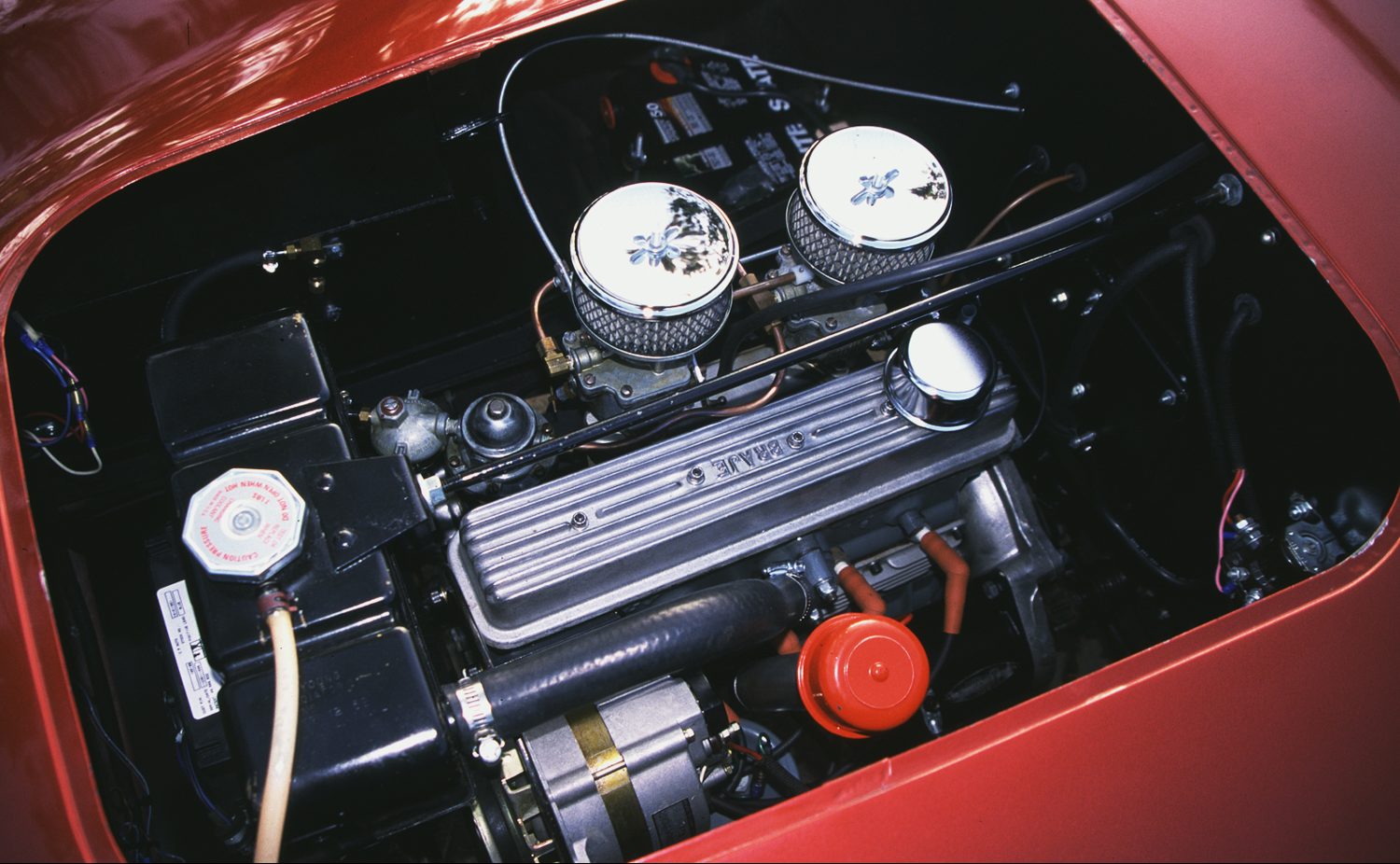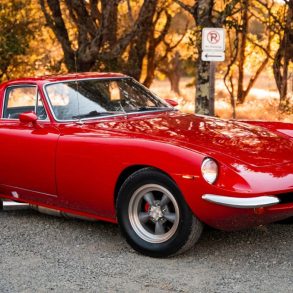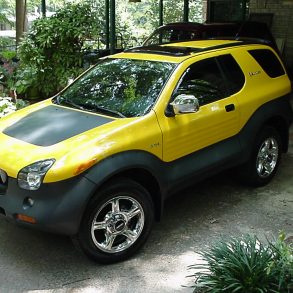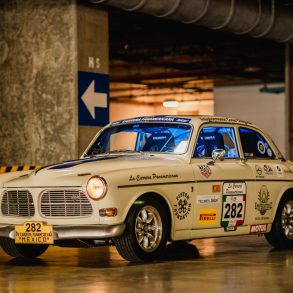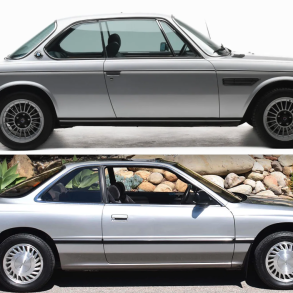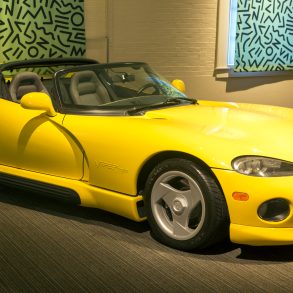In 1972, I was 10-years old when my dad drove home in a tiny little black convertible. I’d never seen anything like it. American cars were giant hulks with trunks that could swallow a Mini-Cooper and front bench seats that could double as living room sofas. Our 1952 Crosley Super Sport (a Hot Shot with hinged doors) was dad’s bartered payment for $225.00 worth of legal services. My brother and I hopped in and we took off, both of us flopping around in the passenger seat, no seatbelts, wind blowing everywhere, dad smiling as he wound up first gear (30 feet), second gear (maybe 30 yards), and into third. A city block later, we were moving along at a whopping 35 mph. It didn’t matter. Dad took us for ice cream that day. Life was good. Life is always good when you are in a Crosley.
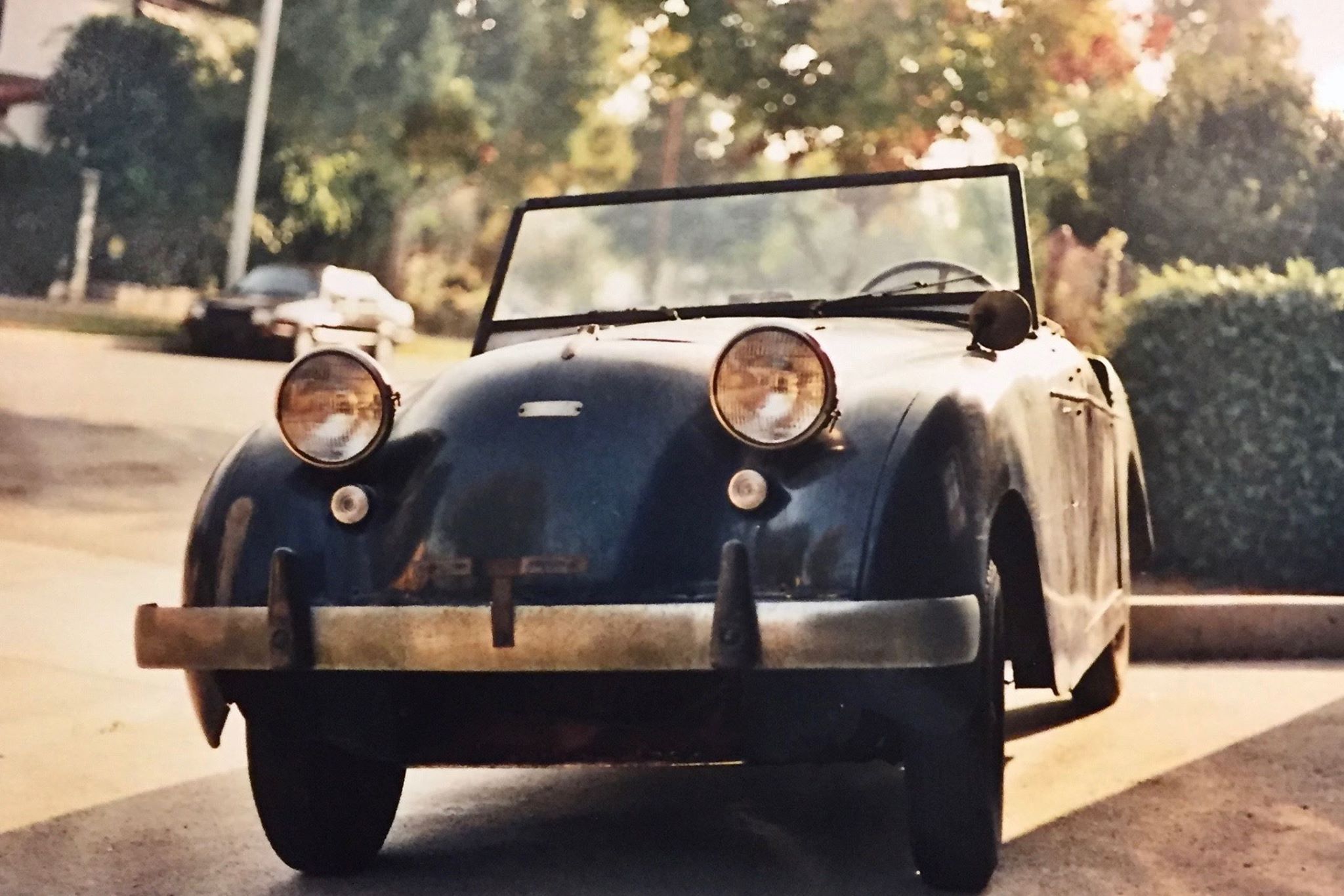
Crosley founder, Powel Crosley, had been a very successful businessman. He was among the largest manufacturers of consumer appliances and, in 1925, the world’s largest seller of radios. Having produced automobiles prior to the second world war, Crosley was no stranger to automobile manufacturing when he set about refining his vehicles for post-war volume production. The idea was simple: produce a low-cost line of versatile, thrifty, and stylish cars. Much like his other products, Crosley cars offered a great deal of value and durability without a lot of excess. However, America was fresh out of five years of austerity and gas rationing, so the Crosley with its 30 mpg fuel efficiency, ease of use, cheap service costs, and small footprint, was simply not what American consumers were looking for in a family car. The idea of high “commuting” costs was on nobody’s mind when fuel was .25 per gallon. But Crosley soldiered on, implementing ideas from their appliance-based successes, leading with innovations the “Big Three” could not so easily offer in a range of sedans, wagons, pickup trucks, the sporty Hot Shot, and the durable Farm-O-Road.

Crosley also offered many firsts in the industry including the first American production car outfitted with four-wheel caliper disc brakes (1949), the first American production sports car (the 1949 Hot Shot), the first to offer an overhead camshaft engine (1946) in a production car, the first company to use the term “Sport-Utility” to describe a wagon with utility-based features, and the first post-war production car with integrated, flat-sided fenders blended into the hood and trunk. And while all these important firsts were not bringing Crosley top sales numbers, it didn’t stop a Crosley from placing first at the 1950 Sebring Races, ahead of Ferrari and other European giants, using the “Index of Performance” to calculate their win. Struggling with sales, even though the new CIBA-based overhead cam engine was a fantastic replacement for the dismally unreliable CoBra (Copper and stamped steel) engine formerly in their 1946-1948 cars, Crosley ceased production in 1952. The engine, however, went on for another 20 year as the Fageol, Aerojet, Homelite and Bearcat series engines used in race and recreational boats, military vehicles, and service trucks. Italian builder Bandini even developed a twin-cam head engineered specifically using the Crosley block to power his cars.
Of all the models produced, the Hot Shot and Super Sport are the most desirable and probably the most fun. The heavy steel bodies could be easily removed and, with the advent of molded fiberglass technology in the early 1950s, a wide range of low profile, light weight sports car bodies could be quickly adapted to the Crosley chassis, making them capable competitors in the H-Modified class of U.S. racing. The 44-cu.in. engine could even be hopped up using special parts from Braje Engineering, including twin carb intake manifolds and special exhaust. You could even order a Pepco supercharger and up the power to a whopping 40 hp, nearly doubling the standard 22 hp output. By modern standards the Hot Shot is certainly no sprinter, but with disc brakes, overhead camshaft engine, two seat roadster seating, and that lovable big-eyed smile, one can’t help but think the Crosley was the Mazda Miata of the 1940s. Today, a nicely restored Crosley Hot Shot will cost about $12,000-$15,000. Which is a pretty inexpensive way to get a lot of fun in a classic American sports car.

The Hot Shot has a distinct and desirable look. But because it’s such a small car, it often is the brunt of jokes. And while it certainly is small, it’s proportionally balanced with a happy appearance, wide eager eyes, and handsomely contoured fenders. The lack of a grill, most notable in the Hot Shot, more efficient in cooling airflow under the bumper, gives the car good aerodynamics at high speeds. Of course, no one is really going faster than 50 mph in a Crosley. And if you are, how long can that downhill stretch possibly last?
Shortly after buying our Hot Shot, my father took me to a paved, open field in Westwood, CA, home of the future VA Hospital. At age 11, I took my first driving lesson, sitting on a stack of phone books, my hand resting on top of my dad’s hand as he guided my shifts. When I did well, he’d say “Hey Hot Shot – nice shift.” In my teen years I would tinker with the Hot Shot and learn all about car mechanics. Everything was so easy working on that car. It’s still true today, making it a fantastic collector car for parents to share with their younger kids.
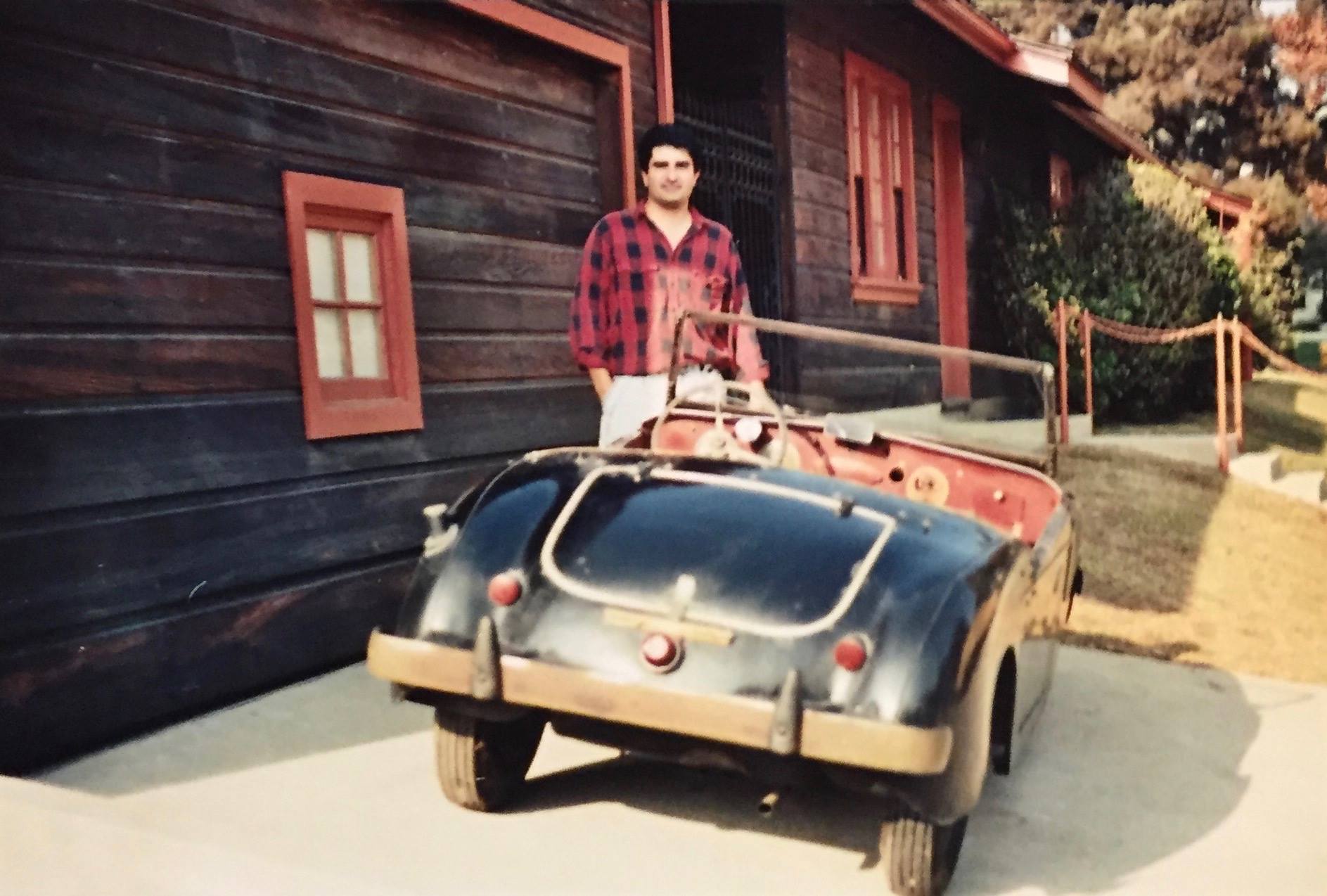
Everybody smiles at a Crosley car show. Which is just part of the reason the Crosley Hot Shot remains as charming today as it was when new. The Crosley offers a joyful way to see the world, a bit sporty and maybe not as briskly as you might want in modern traffic, but with a sense of novelty and ease, chasing an America of simpler times.






